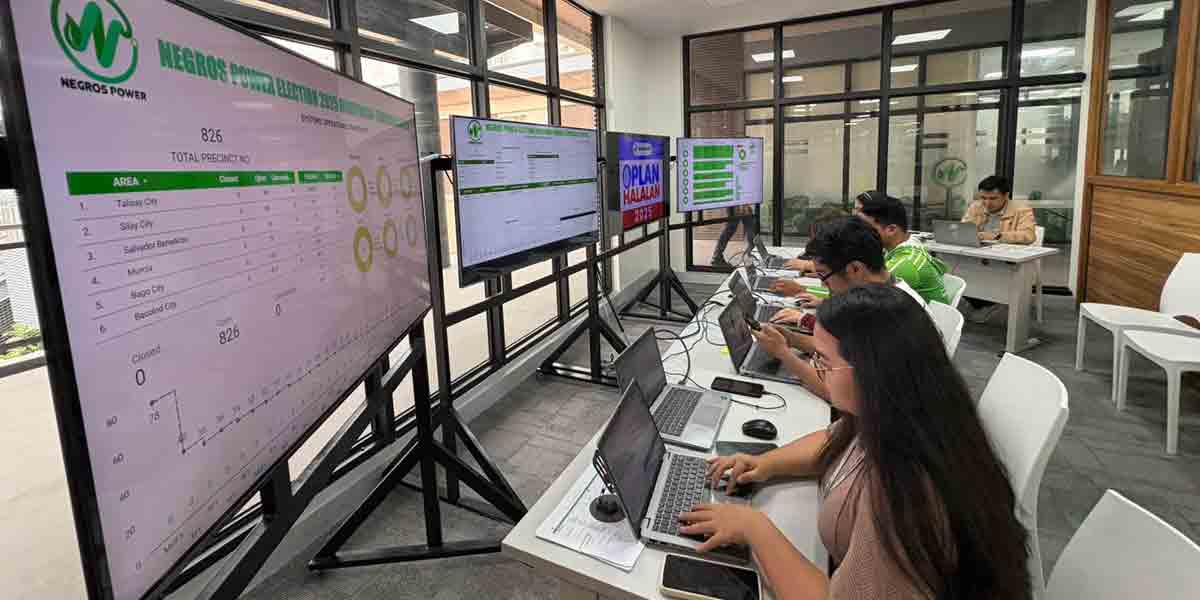By: Gerome Dalipe
THE designs of evacuation centers in various villages and schools in Antique did not meet the minimum standards, state auditors discovered.
In its annual audit report on the Province’s disaster risk fund spending, the Commission on Audit (COA) lamented the purposes in building the evacuation centers may have not fully achieved since their designs did not pass the basic designs contained in the National Disaster Preparedness Plan 2015-2018 and Department of the Interior and Local Government Memorandum Circular 122 dated Aug. 8, 2018.
“Due to the increasing frequency and intensity of hazard events occurring in the Philippines, evacuation is often resorted to as a life-saving measure and ensuring the effectiveness of evacuation operations remains a challenge,” read the COA report.
The evacuation centers were funded from the 70 percent Mitigation Fund of the Local Disaster Risk Reduction and Management Fund (LDRRMF) and 20 percent Development Fund of the Province.
Citing Antique’s risk profile, the auditors said the Province is susceptible to flooding, rain-induced landslides, storm surges and big waves brought about by climate change impacts.
Among these hazards that hit the Province, the most devastating are floods caused by tropical storms and typhoons and rain induced landslides.
Earthquake prone areas in the Province are usually those areas along tectonic plate margins and active faults, the auditors said.
Antique is affected by the existing active northern and southern Panay east fault that traverses the whole stretch of the Province’s mountain range aside from the collision zone between Negros and Mindoro.
Pursuant to Republic Act 7160 (Local Government Code of 1991), the local governments are mandated to provide immediate basic relief assistance such as food, clothing, psycho-social support, and emergency shelter to families affected by natural or human-induced.
The Provincial Government submitted procurement documents for 50 evacuation centers located in selected barangays and schools within the Province worth about P298-million.
However, review of the procurement documents showed the perspective of the evacuation center projects which only include roofing, columns and flooring, less complete than the required minimum standards.
An ocular inspection of the construction of evacuation center in Barangay Haures, Bugasong, Antique showed the structure only includes roofing, columns and flooring.
The Capitol’s planning engineer told auditors that the design of the evacuation centers was only based on the available budget for the project.
Due to limited budget of the Provincial Government, the government engineer said construction of evacuation centers located in various barangays province-wide was programmed by phases. Phase 1 is composed of construction of column footings, columns, roof beams, roof framing, roofing and installation of electrical wiring or lighting.
Phase 2 (completion phase) is composed of installation of enclosure (roll-up wall); construction of kitchen, comfort room for men, women and PWDs, water supply system and purchase of movable tent partitions.
In the report, the auditors urged the Provincial Government to prioritize the construction or upgrading of evacuation facilities using the 70 percent of the Local Disaster Risk Reduction and Management Fund.
“Evacuees tends to face more threats to health, safety and overall well-being within evacuation facilities especially if and when immediately returning to their own dwellings becomes difficult or impossible,” read the COA report.



















